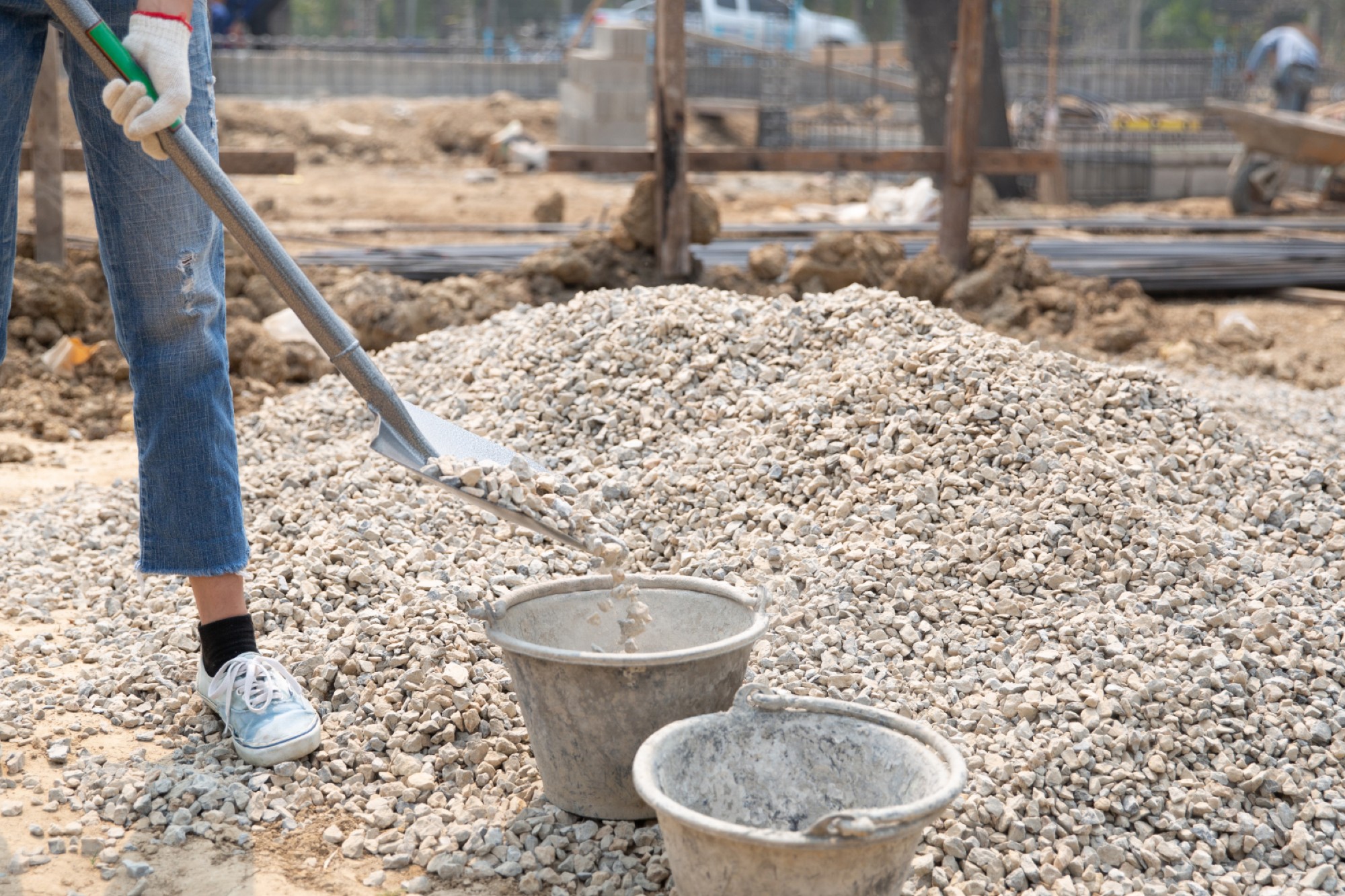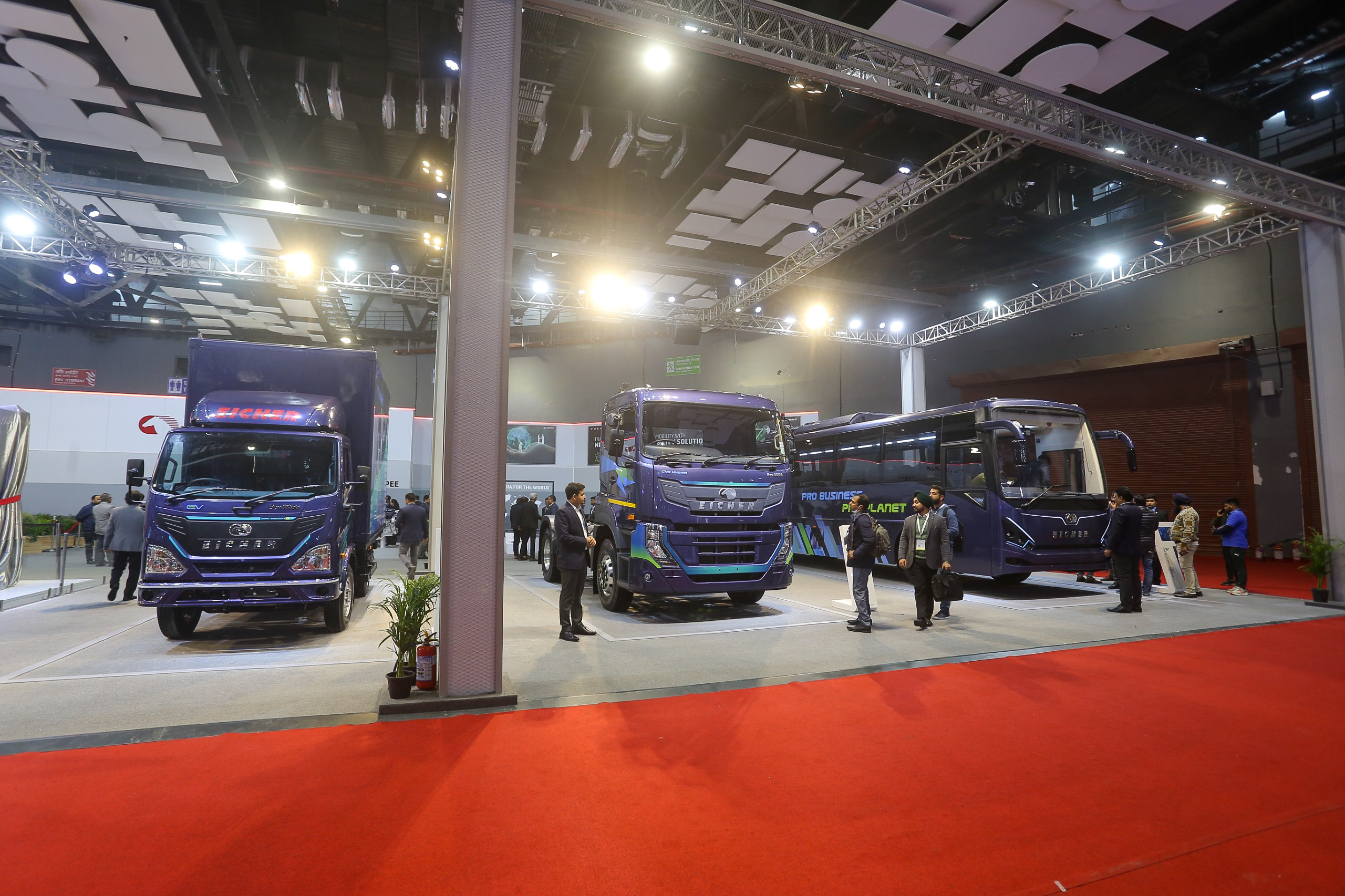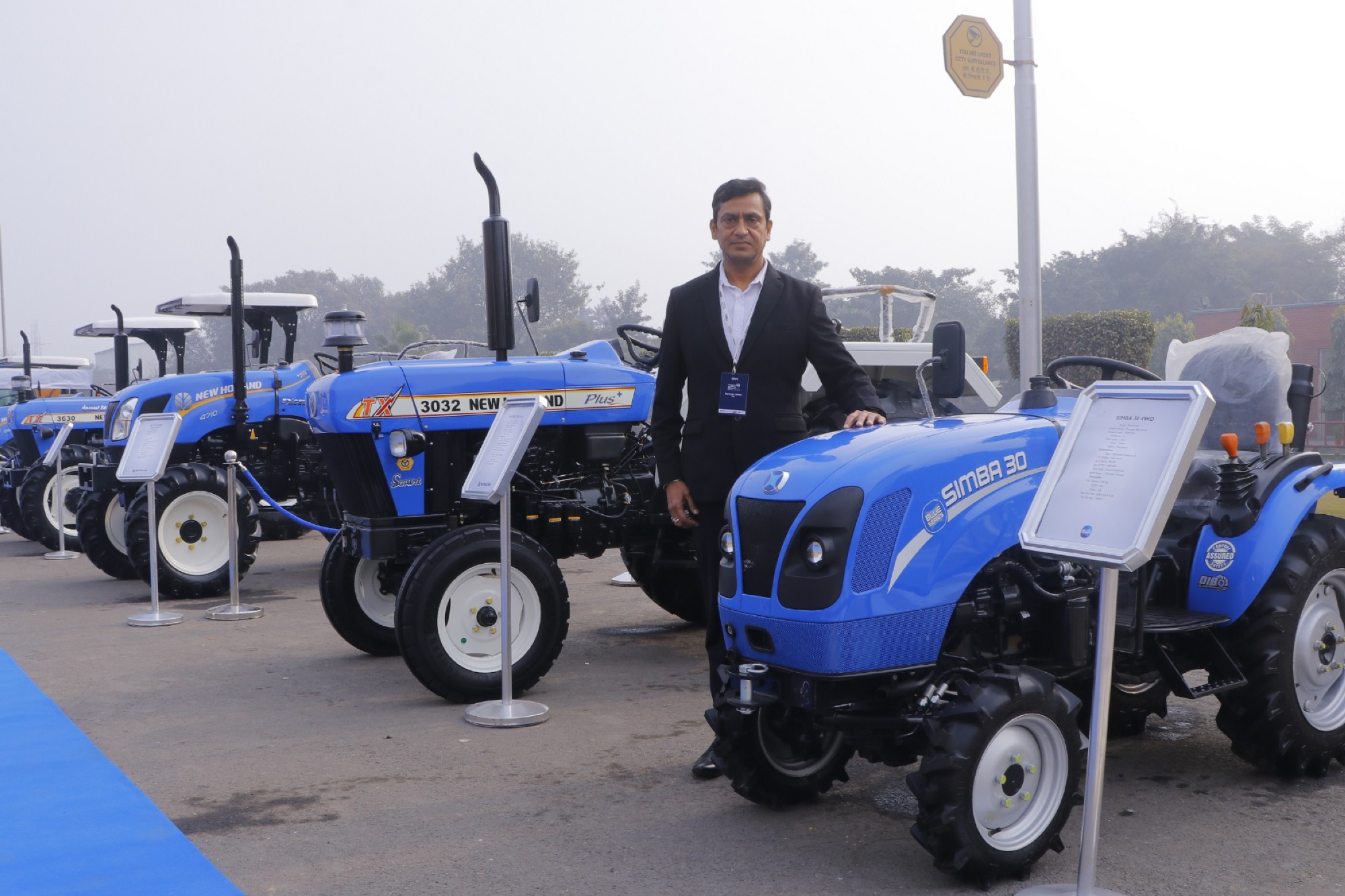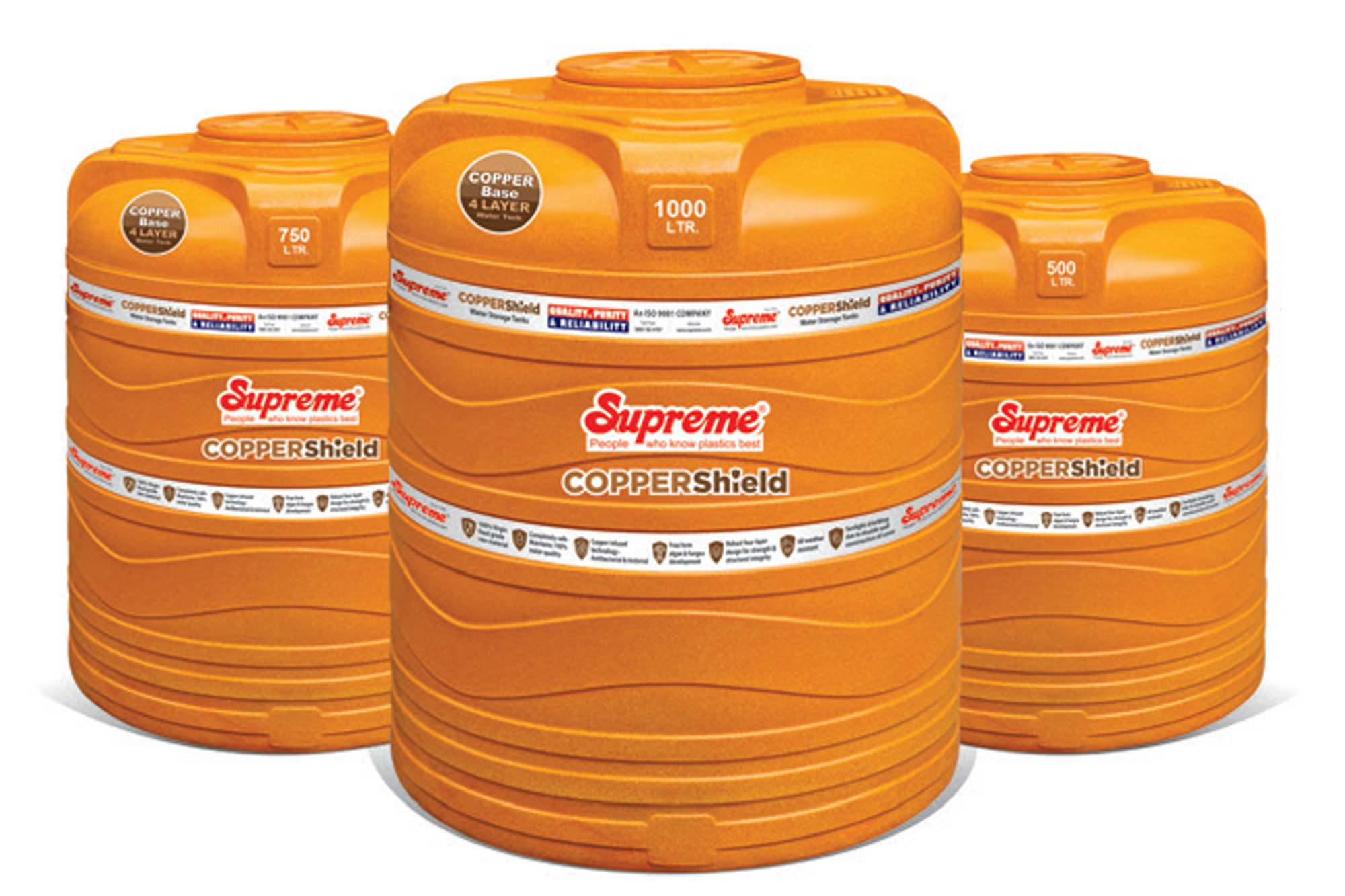Concreating green practices in construction
By Edit Team | January 17, 2024 2:28 pm SHARE

This article encapsulates the insightful presentation by Suneet Gupta, a seasoned Cement/Concrete Specialist at the Concrete Repair & Rehabilitation Consultancy. He shared his expertise during a live session within the Procurement Webinar Series titled “Amrit Kaal: Constructing New India’s Vision 2047.”
Pursuing sustainability in the construction industry is pivotal for societal progress, presenting a beacon of hope amid the challenges posed by rapid development and finite resources. At the heart of this transformative movement is the shift towards sustainable concrete, underlining the imperative to scrutinise materials, assess their sustainability, and devise strategic approaches for the preservation of resources for the well-being of future generations.
The crux of this discussion revolves around cement, a fundamental element in construction. With global cement production soaring to 4.25 billion tons annually, China contributes significantly with 2.1 billion tons, while India, despite producing 370 million tons annually, showcases potential for growth in alignment with ambitious infrastructure plans.
Recognising the finite nature of the raw materials – cement, concrete, aggregates, and water – essential for construction, responsible consumption becomes paramount. A delicate balance between utilisation and conservation is crucial in the face of impending resource depletion challenges.
The sustainability of concrete extends beyond the present, encompassing considerations for future generations and the preservation of natural resources. Achieving equilibrium across the economic, social, and environmental pillars is key to ensuring longevity and minimal environmental impact.
Examining the dynamics of cement production reveals a notable imbalance between nations, with India and China projected to contribute 50% to global cement production by 2050. However, challenges, including limestone reserve depletion and environmental repercussions, necessitate industry intervention.
The cement industry has responded commendably to these challenges, undertaking initiatives to reduce carbon dioxide emissions, increase the use of cement with reduced clinker content, and invest in waste heat recovery systems. Blended cements, such as Portland Pozzolana Cement and Portland Slag Cement, offer promising alternatives to mitigate the environmental impact of traditional cement production.
Ongoing research into LC3 cement and geopolymer cement holds potential for further reducing the clinker factor, providing hope for a more sustainable future. Yet, the substantial environmental footprint of concrete production calls for a multi-faceted approach, encompassing recycled aggregates, optimised packing density, reduced water consumption, and the integration of technologies like carbon curing.
Technological advancements play a pivotal role in steering the industry towards sustainability, with initiatives like negative emission technologies and the integration of recycled materials contributing to reducing the carbon footprint of concrete.
Concrete specialist Suneet Gupta envisions a future where sustainability is at the core of the construction industry, advocating for a focus on clinker, cement, and concrete. He emphasises the incorporation of high-strength concrete and sustainable materials to reduce resource consumption, urging the industry to embrace efficiency, recycling, and negative emission technologies.
The journey towards sustainable concrete is fraught with challenges, demanding innovation and collective responsibility. Gupta’s insights underscore the need for a holistic approach, incorporating materials, technology, and a fundamental shift in perspective. As we navigate these complexities, the vision for a greener future becomes clearer – sustainable practices are not merely a choice but a necessity, ensuring that the structures built today lay the foundation for a resilient and sustainable tomorrow. This journey towards a more sustainable future is a collective endeavor, and we appreciate your companionship on this path.
Cookie Consent
We use cookies to personalize your experience. By continuing to visit this website you agree to our Terms & Conditions, Privacy Policy and Cookie Policy.


































-20240213125207.png)

























